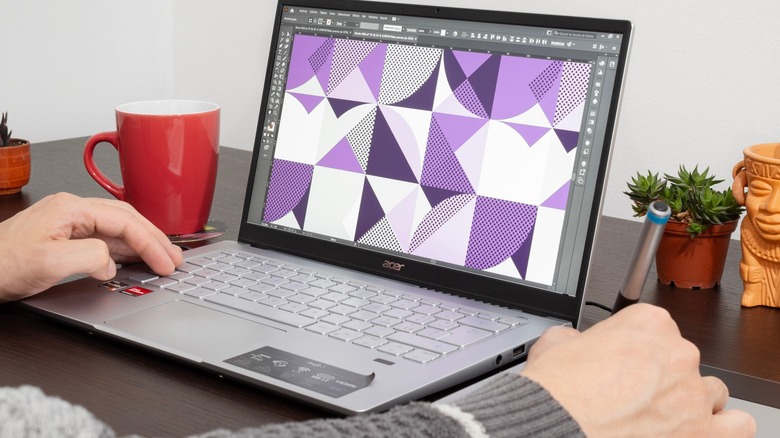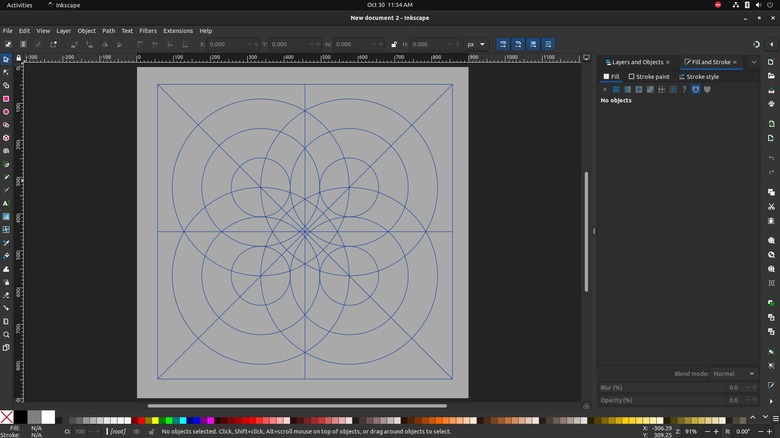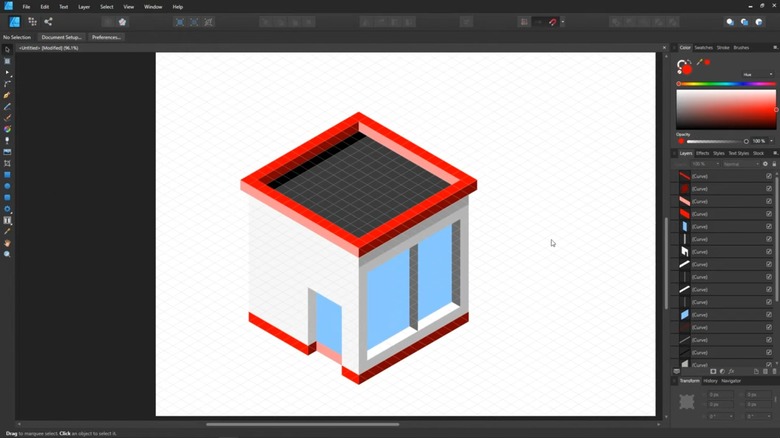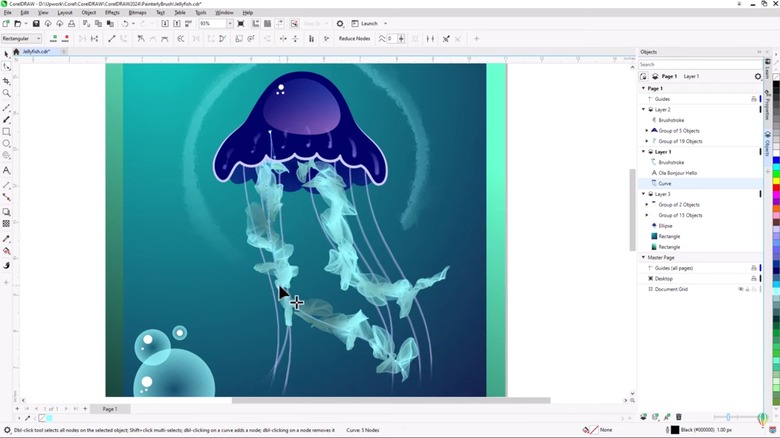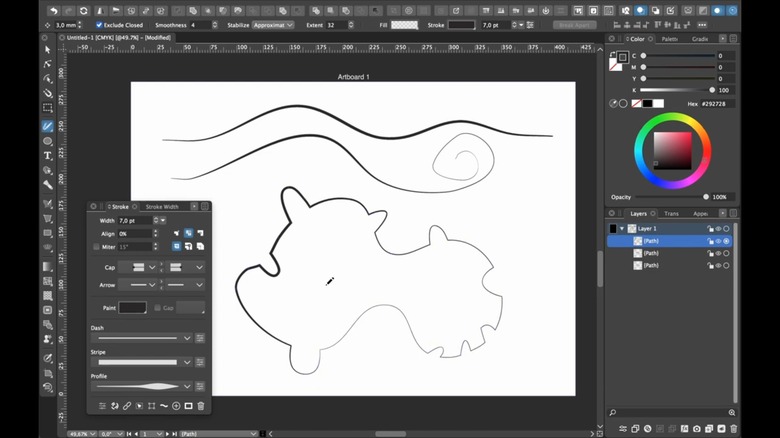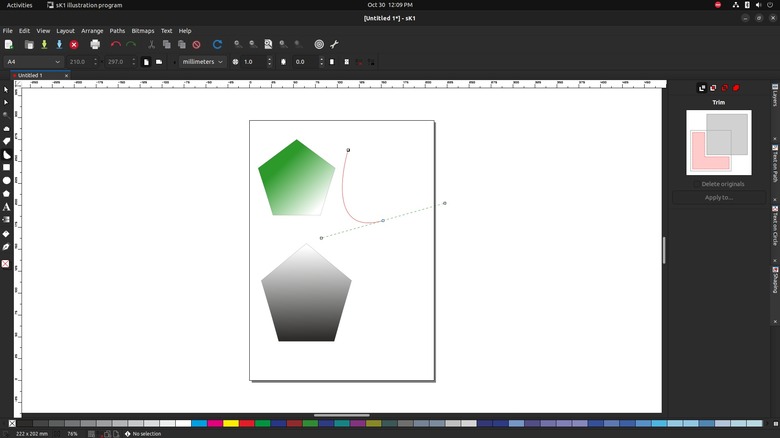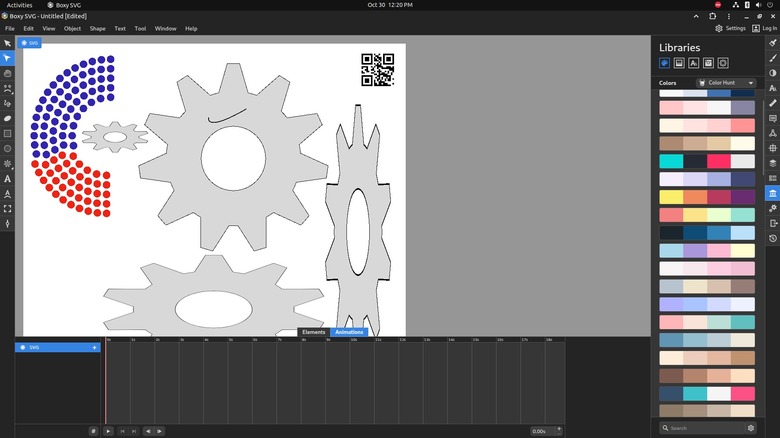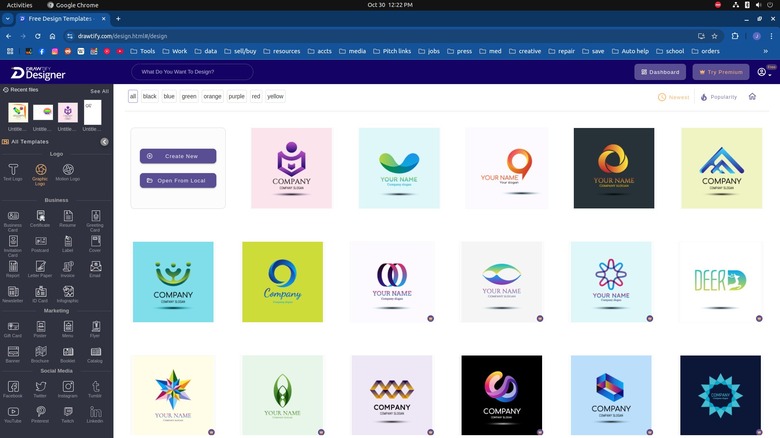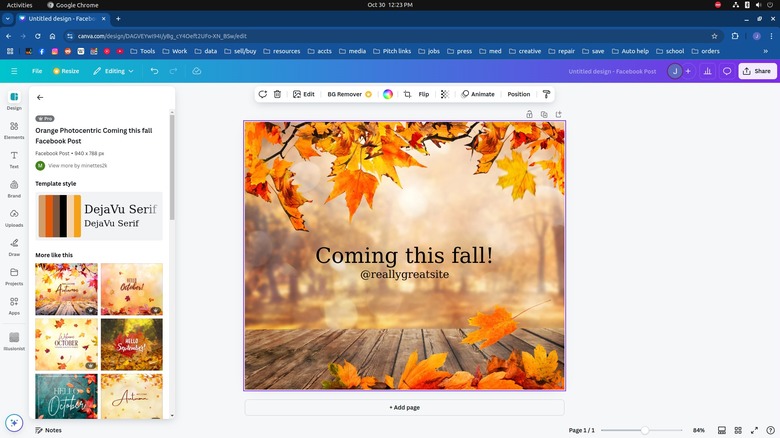8 Of The Best Alternatives For Adobe Illustrator
Modern digital Illustration using vector-based drawing software makes possible the vast array of graphics and artwork we see on a daily basis. With vector-based drawing, illustrations can be created and manipulated using lines, points, and shapes rather than coloring individual pixels. This makes it infinitely scalable and precise, and vector art software transforms sets of mathematical instructions into visual elements.
Created in 1986, Adobe Illustrator is one of the most powerful and popular programs available for digital illustrations. Its widespread adoption across industries such as fashion, advertising, web design and more makes it ubiquitous in creative departments everywhere. Furthermore, regular software updates since its introduction have added increasingly sophisticated tools to create increasingly complex art over the years.
Adobe has continued to update and add to its software while raising the cost with each generation. In 2013, a subscription-based model was introduced, which is now the only way to access the software. With its minimum $263.88 annual fee, many designers, including independents and amateurs in particular, need a more affordable way to create vector-based graphics. Others may be simply wary of recent changes to Adobe's terms of service.
Fortunately, other software exists but with varying degrees of competency and compatibility. With a semi-professional background in graphic design and 25 years of experience using Adobe Illustrator, I have looked at some alternatives, and here are how 10 of them compare.
Inkscape
Inkscape is an open-source vector graphics program developed in 2003 as an alternative to the dominant proprietary software of the time and continues to serve in that capacity today. Available for Windows, macOS, and Linux operating systems –- it even comes pre-installed on some distros -– Inkscape is distributed free of charge with a GNU general public license allowing the user to change or distribute it as they see fit.
The interface and toolset available from Inkscape are surprisingly robust and advanced for a free program, and its complex capabilities are well-suited for the advanced user and could take years of study to master, just like Adobe Illustrator. Users will find a vast array of options and tools, and many will feel familiar to Illustrator users, although there will be some distinct differences, which can add to a learning curve. Regardless, it remains full-featured with a professional feel and could be adapted to full-time professional use for those looking to avoid Adobe altogether.
Some potential pitfalls do exist within the Inkscape ecosystem. It can have compatibility issues when used on a Mac, the industry standard for digital graphics. Certain common copy and paste functions between programs are also lacking. While Inkscape may not see the industry open up to it widely anytime soon, it is still one of the closest facsimiles of Illustrator available and its low barriers to entry make it an attractive alternative.
Affinity Designer
A relative newcomer to the design field is Affinity Designer, which was first released in 2014 for macOS. Now available for Windows and iOS, Affinity Designer offers a full complement of vector tools for professional design. Its Editors' Choice award from PCMag – which was also given to Adobe Illustrator and CorelDraw — means it stands in good company.
The layout for Affinity Designer is clean and uncluttered, and users have the ability to make broad customizations and changes to the on-screen tools and interface. However, anyone accustomed to using Illustrator will have some acclimating to do as its layout is unique. Regardless, most functions are straightforward and easy to find, making it quick for most users to pick and run with it.
Many recently added tools lag behind Illustrator to some degree, but Affinity also offers a few unique features that are not just novel, but almost indispensable. Its x-ray view allows for a slider to peel back layers and let the designer see what's under the hood and make changes without switching between windows, for example. Perhaps the best thing about Affinity Designer is the cost. A single purchase price of $69.99 covers it and gives you a fully capable and robust vector design program without bleeding your bank account once a month.
CorelDraw
Perhaps the only vector drawing program with as much longevity as Illustrator is CorelDraw. Created in 1987, it was initially developed for Windows and added a macOS version in 2001. However, that was soon discontinued and remained Windows-only until 2019. It is now available to both Windows and macOS along with a web-based version that anyone with a browser can use. Nonetheless, it is a fully developed graphics program with many industry adherents, although it still trails far behind Illustrator in overall usage.
For Illustrator users, a lot of what you will find with CorelDRAW will feel familiar. There are some distinct differences and CorelDRAW offers a few things that Illustrator does not. For example, CorelDraw is a full-featured vector art program that also functions for page layout, something handed off to Adobe InDesign when using Illustrator. In addition, CorelDraw is popular in the fashion industry, so aspiring designers may prefer to get acquainted with it over Illustrator. Furthermore, CorelDraw is more user friendly and easier to learn.
If you do not work in the textile or garment industry, there are still other reasons to choose CorelDraw. Price may not be one of them. It is expensive, but offers at least one advantage over Illustrator — a subscription is not required. You can, of course, opt for a subscription package for $22.42 per month, but a one-time purchase price of $549.00 for the complete graphics suite of programs, which also includes an alternative to Adobe Photoshop, is available. Alternatively, the web-based app subscription is just $69.99 per year.
VectorStyler
Another recent addition to the list of programs seeking to peel away users from Illustrator's dominant position, VectorStyler appears promising but remains relatively unknown. Available for macOS and Windows, it offers a wide range of tools for creating vector art using many familiar elements in a familiar interface.
Users of VectorStyler will immediately recognize most of its functions and layout and find a few unique features when digging into the program a bit. It can import, edit, and export native Illustrator files, has a powerful shape builder tool, and a large selection of warp functions. The range of functions is large and, although it packs the workspace, it remains relatively easy to use.
Whether this is a feasible alternative is yet to be seen. It appears to be a surprisingly well-developed program with a short history. The price is great at just $95, but with the better-known Affinity Designer available for less, widespread adoption may not happen anytime soon. However, for early adopters, a forum maintained on the website is closely monitored, and the developer is responsive to feedback, clearing up bugs quickly. It definitely has a good start to what could be a genuine competitor.
sK1
The sK1 vector drawing program is an open-source application available for macOS, Windows, and Linux. It was developed in Ukraine beginning in 2003 and continues in development today. Distribution is free of charge through an open-source software license.
sK1 is well-suited to beginners who are just learning how to use vector drawing programs or amateurs needing only basic functions for a project. It does offer most of the common tools such as Bezier curves, shapes, gradients, and the ability to fill shapes, change stroke styles, and add layers, but more advanced filters, shapes, distortions, and paths are absent. The program functions as advertised, but serious designers will likely find it lacking. Still, it might work well for laying out simple flyers or business cards for a small business.
With the overwhelming number of functions of something like Illustrator, the complete novice might find this a good choice. Since it is free, it is probably worth a shot.
Boxy SVG
The web-based Boxy SVG is deceptively simple but remarkably effective. It is accessed from the Boxy SVG website, where you will initially encounter a simple menu with a button to launch the app. The menu includes a blog with information about the app including feature announcements, a place for user ideas, a place to post questions, and tutorials. The tutorials are embedded YouTube videos that are incredibly useful for new users.
The Boxy SVG interface is sparse but laid out well. It is an incredibly user-friendly app that is easy to learn. Despite this, it is more powerful than you would expect, and the various functions to manipulate elements are remarkably straightforward. After using it for just a few minutes drawing shapes using the Bezier curve tool, I found the various functions to color and distort them work well. Many of the functions that require some advanced knowledge to use properly with Illustrator just work right on screen in a point-and-click manner that is easy to understand. Typing along a path or merging objects randomly takes little effort and even less training.
Boxy SVG is a delightfully simple yet robust little app that could be useful to amateurs and pros alike. It works as a web app and says on the home page that it costs just $9.99 per year after a 15-day free trial, making it a bargain compared to alternatives with more expensive monthly subscriptions.
Drawtify
More jobs than ever require a constant stream of graphics and art to be produced for a variety of purposes. Social media management is a must for any venture large or small, and keeping it looking fresh is paramount. For those who need continuous updates with fresh imagery, Drawtify might be the perfect choice.
Drawtify is a web-based app for creating graphics of any kind, and it takes no experience to get going with it. However, those with advanced knowledge or training in vector graphics can also find it useful and robust. For the novice, Drawtify includes hundreds of templates for everything from logos to business cards as well as properly sized templates for LinkedIn headers or Facebook posts. Using a template is as simple as inserting your own copy and tweaking colors or altering the design with user-friendly tools, and in minutes a new graphic can be posted.
There is a free version of the app with limited functionality. Full functionality costs $14.99 monthly or $9.99 with reduced features. You can also save by paying annually $99.99 up front. For the busy blogger, reseller, or individual proprietor, this is a good value.
Canva
A popular web-based app with AI integrated tools for creating designs today is Canva. While it is not specifically a vector art program, it is worth a mention as it is popular at the moment and may be a good choice for certain applications.
Canva offers dozens of useful features but only basic design tools. It also has an incredible array of templates available to use. Users do not need to know anything about dimensions, resolution, pixel count, or process colors. For example, to build a business card, you can choose from what seems like an endless list of design templates. Once it is loaded, all you have to do is highlight the sample text and replace it with your own. Additional tweaks can be made but are not required. When satisfied, the design can be sent directly to a printing service from the app or saved for use elsewhere. It is as easy it could possibly be.
Canva is not for experienced designers with training to create everything from scratch. Still, it is useful, and millions of users can keep their brand updated without the cost of having a designer for every Instagram post or sale announcement on Facebook. So it has a genuine purpose that it fulfills well. A limited version of Canva is available to individual users for free, while the pro version costs just $120 annually.
